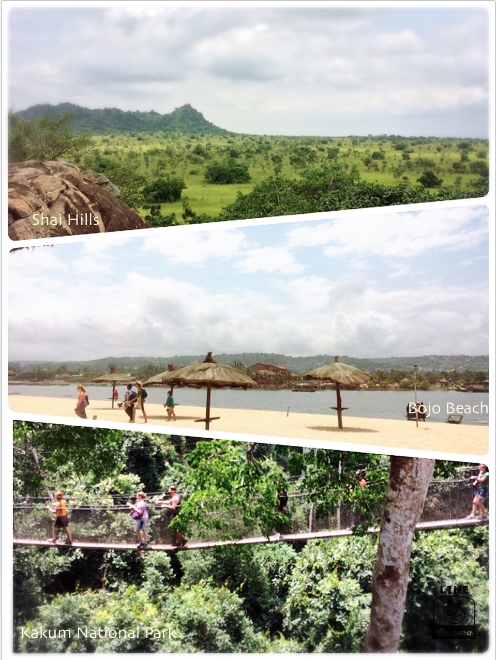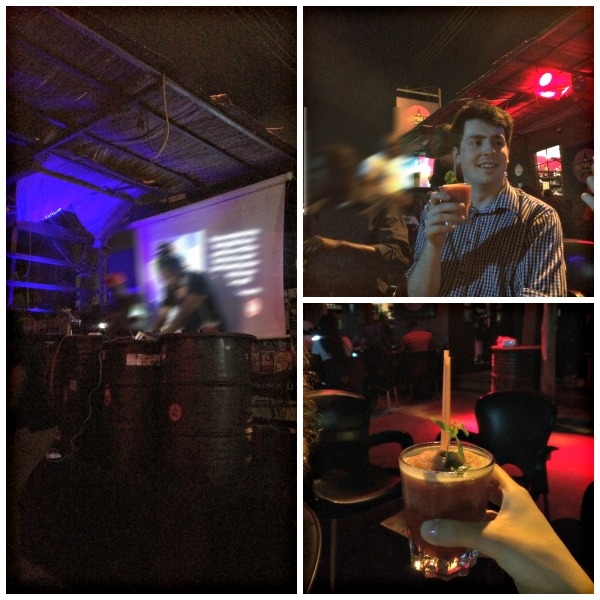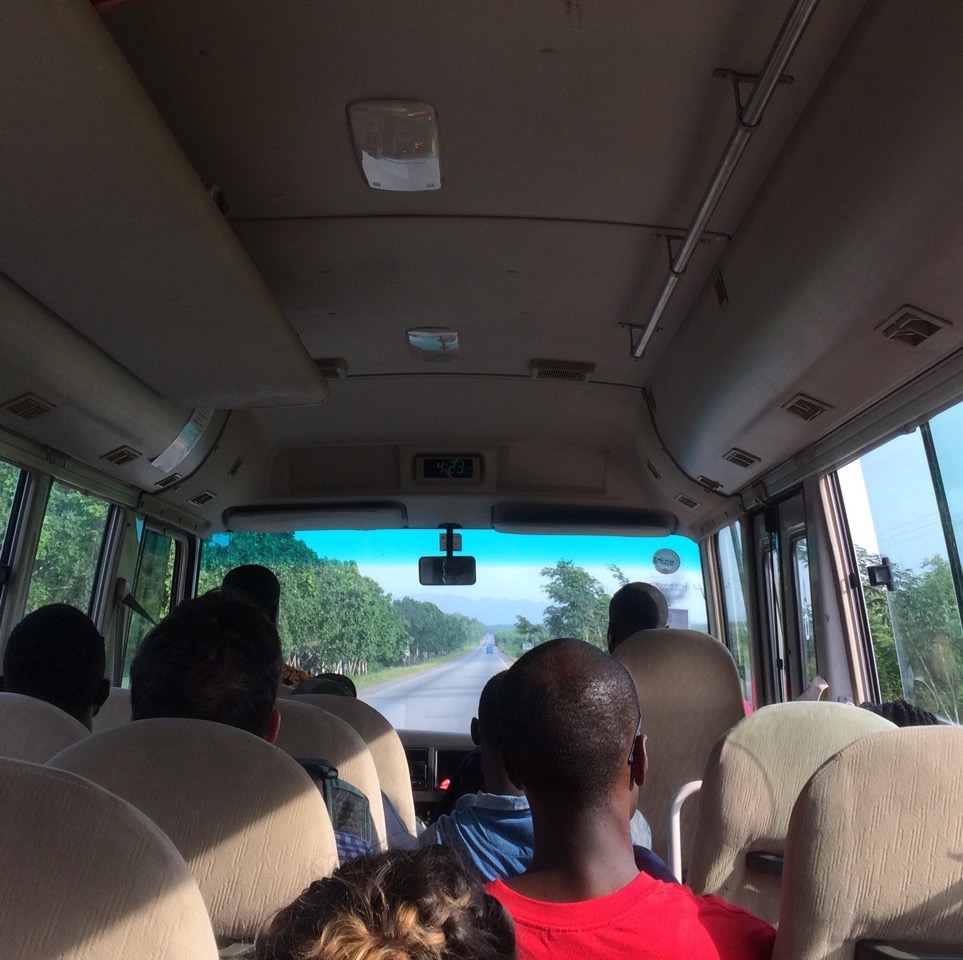Unfortunately, this is not a RomCom story where I meet an unrealistic guy who swept me off my feet; no, it’s just a story about the loveliest places in Ghana. We visited many more places in Ghana, but here are some of the most touristy sites that made my heart flutter (ew).
TOP 3
Admit it, when someone mentions they’re going to Africa, you’d think of a savannah, with zebras and lions, or maybe straight up Lion King. It is a must-have experience in Africa and thankfully, I got to see one out of the three things I mentioned. Check the first (top) picture of yet another collage, which shows the view from the top of one of the rocky hills of Shai Hills. After seeing some baboons and ostrich in their sanctuary, we drove across that vast savannah on our regular bus with a tour guide and were dropped off at one of the hills. This hill was said to be the easiest one to climb. Yes, with no warning whatsoever, a ride on the bus turned into an easy climb up the hill, which later turned into a less easy rock climb. With all my wisdom, I wore my Converse that day, which was not very reliable in terms of keeping me from slipping. Fortunately, the rope didn’t fail on me and I managed to focus all my weight onto my grip – no more slipping for me. Even more fortunate, I got to see that view from the top of the hill. It was just a very serene feeling once you get to the top, seeing so much greenery on the land underneath. It was the kind of feeling that cools all your senses despite being closer to the boiling sun that was roasting the top of my head. A special mention to Adela, who conquered her fear of height and managed to enjoy this view with us.
The second picture shows a beach not far from Accra, called Bojo Beach. It is only around an hour away from where we stay and that’s with traffic, which is very decent considering the heavy traffic in Accra. Bojo beach offers us a much needed escape from Accra after two weeks of staying in the hotel most of the time. Also, after being let down by the previous two beaches in Cape Coast and Keta Lagoon where the beaches are nice, but not suitable for swimming and we didn’t have time, I finally got to experience a beach in Ghana! To get to the beach, you have to cross a small area of water using a canoe, shown in the picture (yea, that’s not the beach). I will be as honest as a a Tripadvisor review and say the beach isn’t all that. However, it made to the top three thanks to my friends who turned it into a great time. Lisa shared the same enthusiasm for standing in the water, waiting for the waves to smash us (which is what we did), so we did that for a total of around three hours. Sunbathing, eating okay food, desperate Pokémon hunting, all the usual stuff, but it was special because I spent it with the people I actually want to hang out with.
Last is Kakum National Park, and it is last simply because the collage looks nicer if Bojo Beach is in the middle. This place is probably my favourite touristy place of the trip (though Shai Hill is probably my favourite, too), where I got to walk on 40 metres high canopy walks, surrounded by so much green and magnificent trees. While walking on the canopy walks, it was important to keep walking and not stopping for too long, because the pressure on the ropes and the platform posted on the trees were going to build up. The pressure on the tree might had been quite high, but not as high as the pressure on the people walking on it who kept getting yelled at to keep moving (not in a supportive way). Because of this, I didn’t really have a chance to relax and enjoy the view or even take as many picture as I hope I would. Nonetheless, it was a new experience for me and despite it passing through quickly compared to the long drive to get there, it was definitely worth it.
Miscellaneous
- Cape Coast – we stayed at Coconut Grove, a very nice beachfront resort that makes our usual hotel looks much worse than before. We went to Kakum National Park from here.
- James Town – a fishermen village. Not a very touristy place, but it was a meaningful experience that let us see a different side of Accra.
- Elmina Castle – also in Cape Coast, a castle that was built in 1482 and was a centre for slave trading. It was a necessary tour to increase our awareness of the history of Ghana.
- Keta Lagoon – a small town with good seafood and the practicum supervisor’s hometown! He and his father even welcomed us to their home; it was too sweet for words.





